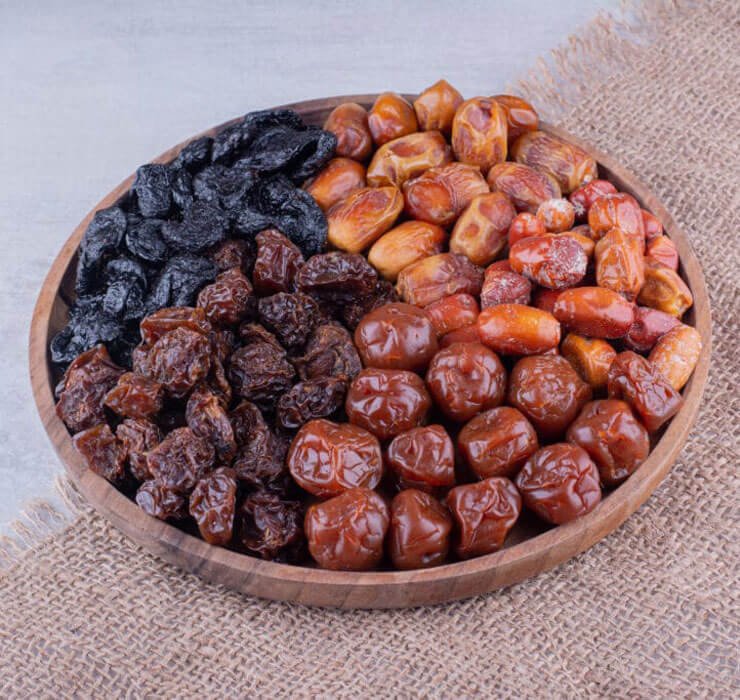
Exploring Jenis2 Kurma: A Variety of Dates
Jenis2 Kurma: An Introduction
Jenis2 Kurma, which translates to “Types of Dates” in English, refers to the diverse varieties of dates available. Dates are a popular fruit that comes in various shapes, sizes, colors, and flavors. Each type of date has its own unique characteristics and taste profiles, making them a versatile ingredient in culinary applications. Let’s delve into the world of Jenis-jenis Kurma and explore the different types of dates that exist.
What is the History of Dates as a Food Source?
Dates have a rich history as a food source, dating back thousands of years. Let’s take a journey through time and discover the historical significance of dates as a staple food.
Ancient Origins
The cultivation of dates can be traced back to ancient Mesopotamia (present-day Iraq) over 6,000 years ago. The Babylonians and Sumerians were among the first civilizations to cultivate dates and recognize their value as a food source. Dates were not only consumed as a staple food but also used for trade and religious ceremonies.
Influence of Ancient Egypt
Dates played a crucial role in the diet of ancient Egyptians. They were highly regarded for their nutritional value and were often referred to as the “bread of the desert.” Dates were a mainstay in the Egyptian diet and were consumed by both the rich and the poor. The abundance of date palms along the Nile River provided a reliable source of sustenance for the population.
Spread through Trade and Exploration
As civilizations expanded and trade routes developed, dates spread to different parts of the world. Phoenician traders played a significant role in introducing dates to regions such as the Mediterranean, including present-day Greece, Italy, and Spain. Arab traders further disseminated date cultivation to North Africa, the Arabian Peninsula, and parts of Asia.
Islamic Influence
With the rise of Islam in the 7th century, dates gained even greater prominence. Dates are mentioned in the Quran, the holy book of Islam, and are associated with spiritual and religious significance. Muslims around the world consume dates during the month of Ramadan to break their fast, following the tradition of Prophet Muhammad.
Modern Cultivation and Consumption
Today, dates are cultivated and consumed in various regions across the globe. Countries such as Saudi Arabia, Iran, Egypt, Algeria, and the United Arab Emirates are among the largest producers of dates. Dates are enjoyed both fresh and dried, and they are used in a wide range of culinary preparations, including desserts, baked goods, smoothies, and savory dishes.
Conclusion
Jenis2 Kurma encompasses the diverse array of date varieties available, each with its own distinct characteristics. Dates have a rich history as a food source, dating back thousands of years. They have been cultivated and consumed by ancient civilizations, influenced by trade and exploration, and embedded in cultural and religious practices. Today, dates continue to be cherished for their nutritional value and unique flavor profiles. Whether enjoyed fresh or dried, dates remain a versatile and beloved ingredient in various cuisines around the world.
Key Highlights:
– Jenis2 Kurma refers to the different types of dates available.
– Dates have a long history as a food source, dating back thousands of years.
– Ancient civilizations, such as the Babylonians and Egyptians, recognized the nutritional value of dates.
– Dates spread through trade routes, influenced by Phoenician and Arab traders.
– Dates have cultural and religious significance, particularly in Islam.
– Modern cultivation and consumption of dates are widespread, with various countries being major producers.
– Dates are used in a wide range of culinary preparations and enjoyed for their unique flavors and nutritional benefits.